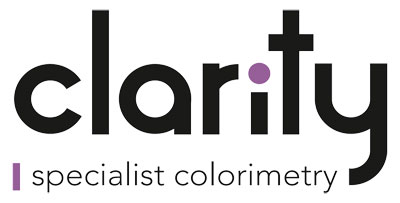
I’ve had many conversations with parents and suffering adults about what exactly visual stress is, with many misconceptions that it’s a directly related symptom of dyslexia. However, this isn’t the case. So what is the difference between visual stress and dyslexia?
Visual stress and Dyslexia explained
It is true that it can be an additional visual problem, but they are not the same thing. Unfortunately, as a result I’ve come across many children who have received a misdiagnosis and been treated for mild dyslexia, when in fact it has been visual stress which is the cause of their symptoms.
Known as Meares-Irlen Syndrome, visual stress is a completely separate issue. Some people who suffer with dyslexia can also suffer with visual stress, but in a number of cases the problem isn’t dyslexia and instead a much easier condition to treat. However, as Meares-Irlen Syndrome isn’t as well-known, many parents are unaware that a simple test could massively help their child with difficulty reading.
What is Dyslexia?
Dyslexia is a learning issue that mainly affects reading. Dyslexia affects the way the brain processes language. It is not however, a problem with vision. Children with dyslexia often struggle with sounding out words and recognising commonly seen words. They also may find it hard to isolate sounds, match sounds to letters or blend sounds into words. In addition to reading, dyslexia can impact writing, spelling and even speaking.

Visual stress or Meares-Irlen explained
Visual stress is a difficulty certain people (not just dyslexic people) have with glare from the page. It causes symptoms when reading black text on a white background such as letters moving, sore eyes or headaches. Coloured filters placed over the page can reduce the glare. And the result is that you can read faster, for longer, feel less tired and understand more of what you have read.
Most common in both visual stress and Dyslexia:
- Visual distortions of the printed page
- Experiencing reversals of letters
- Reading words that are upside down
- Mixing up numbers in maths problems
Most common in only visual stress:
- Eyes burning, itching and watering
- Frequent rubbing of eyes
- Shading eyes when reading
- Screwing the eyes up or blinking excessively
- Tilting head to read
- Fatigue after less than 15 minutes reading
- Reading in dim light
- Seeing print as fuzzy or unstable
- Family history of strain with reading, light sensitivity, headaches or migraine
My mission to educate about visual stress
Many children (and adults) with reading difficulties can benefit from using coloured overlays or coloured lenses depending on their visual stress levels. Recent research, examining children aged 7-11 in two primary schools, found 50% of children reported improvements in the perception of text with coloured overlays.
I am on a mission to educate more parents, more children and more schools to understand the signs, the differences and how parents and teachers can help.
If you are concerned about your own reading struggles, or your child’s reading level, please get in contact. Book an appointment by phone, email or complete my online contact form.



